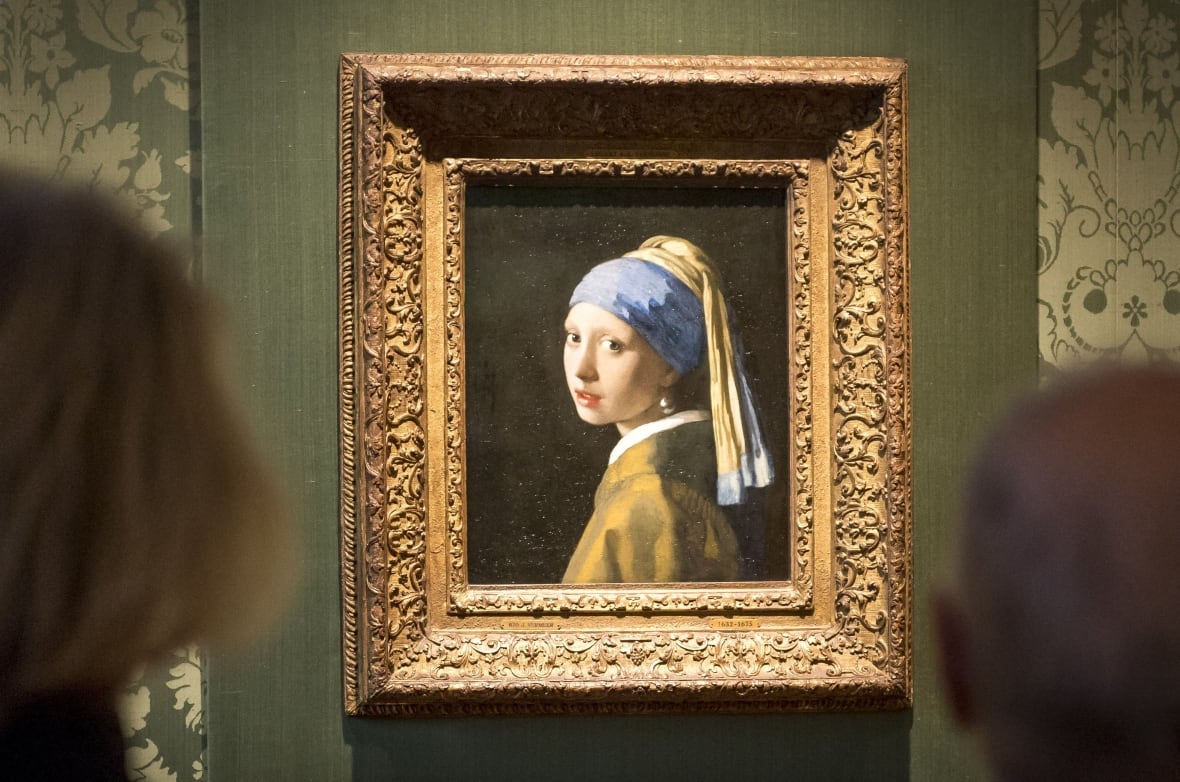Jul 19: The science of art appreciation, and more...
Solar powered clams, bathroom microbiomes, running dinosaur, and whales blow bubbles.
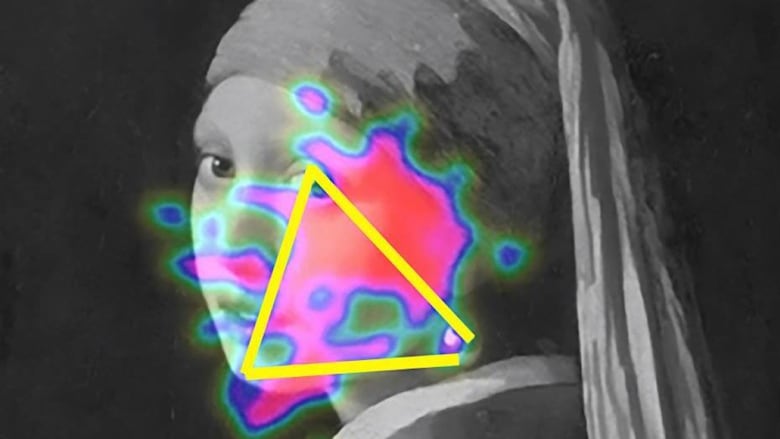

On this week's episode of the Best of Quirks & Quarks with Bob McDonald:

Working in the protected reefs of Palau, an island country in the western Pacific Ocean, Alison Sweeney — associate professor of physics and of ecology and evolutionary biology at Yale University — was intrigued by the iridescence of the giant clams. Her team discovered that the giant clams' tissues are optimized to channel sunlight to photosynthetic algae that live inside them. They work like solar panels, but are far more efficiently than the ones we manufacture, providing inspiration for bio-inspired energy technology. The study was published in the journal PRX Energy.
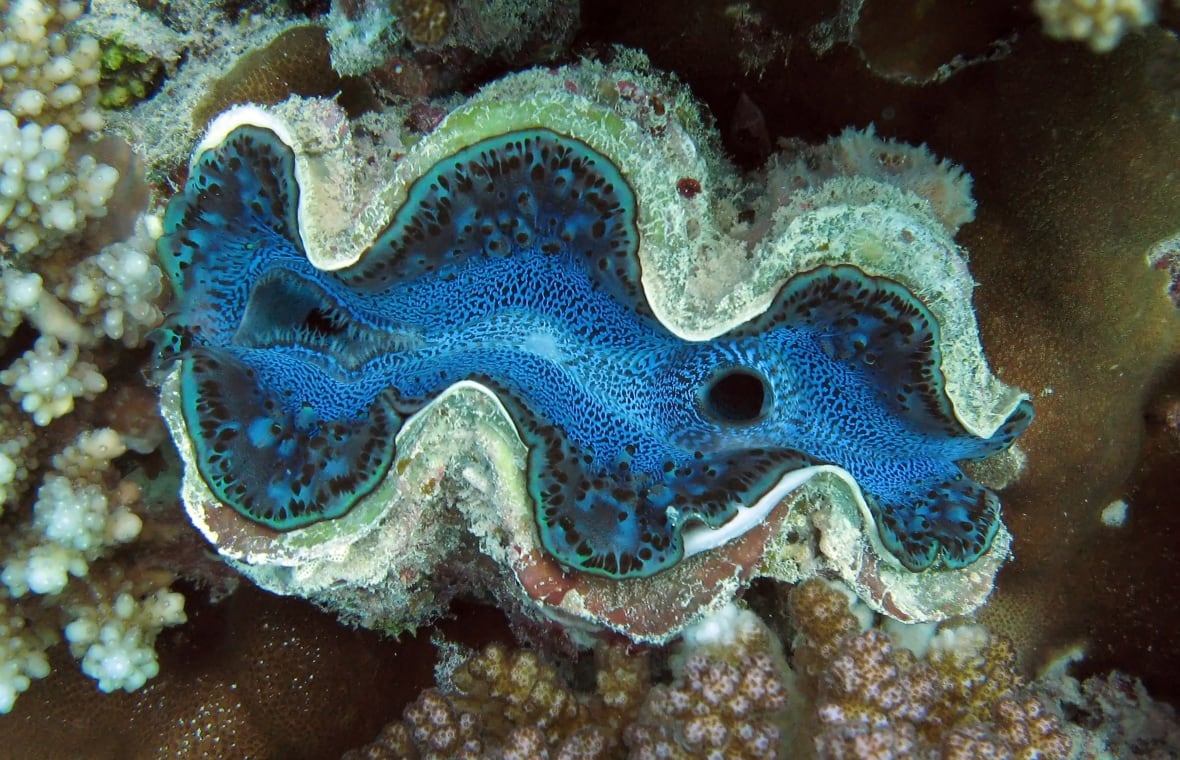

Researchers have found a new biodiversity hotspot. Environmental microbiologist Erica Hartmann and her team sampled shower heads and toothbrushes in ordinary bathrooms, and found a host of bacteria and hundreds of previously unknown viruses. But don't panic: much of this new life are bacteriophages — viruses that infect bacteria — which are harmless to humans and could be potential weapons against the bacteria that can cause human disease. The study was published in the journal Frontiers in Microbiomes.
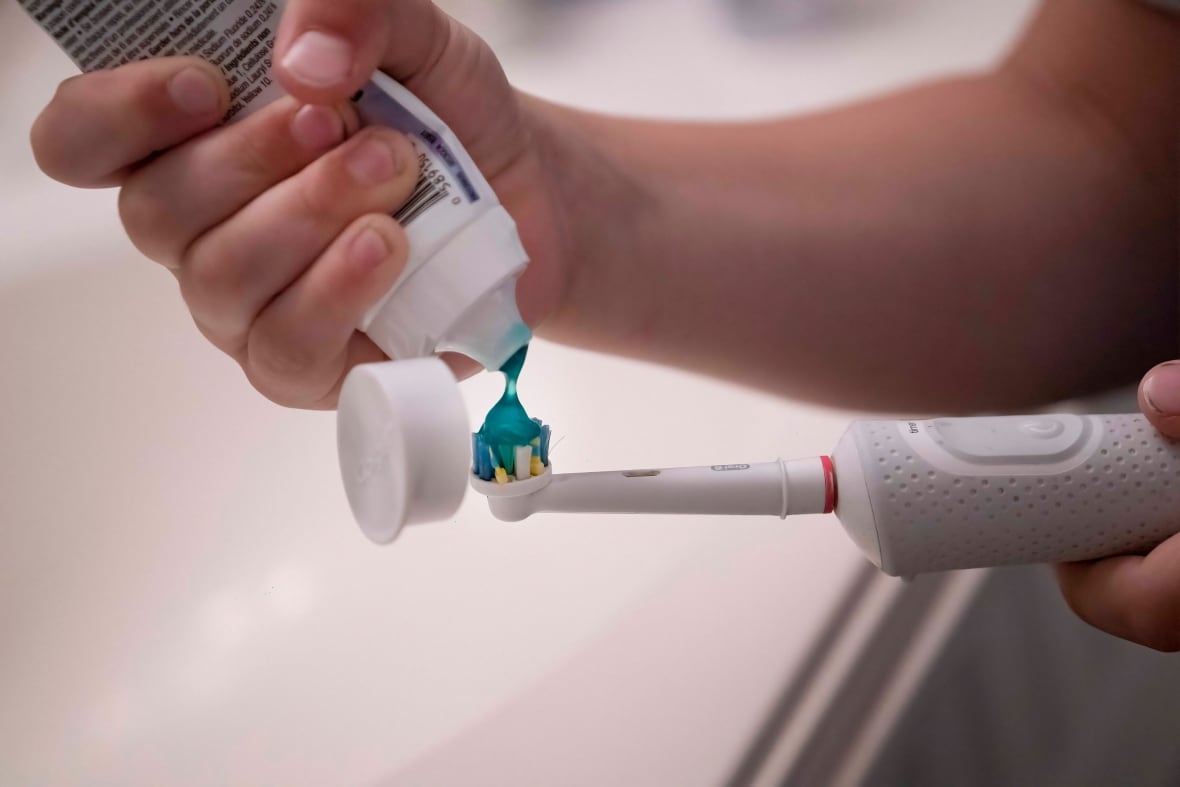

106 million years ago, in what is now South Korea, a bird-like dinosaur with wings ran across a muddy flat and left behind tiny footprints. By reconstructing its stride from these prints, paleontologists have found that it ran faster than could be explained if it weren't using its wings to push it along. Hans Larsson of McGill university says this discovery gives new insight into the evolution of flight in dinosaurs. This study was published in the journal PNAS.


Scientists have long known that humpback whales use bubbles to corral and concentrate krill and small fish to feed on. But new underwater cameras and airborne drones have provided an unprecedented view of how this is done, revealing how the whales use complex patterns of bubbles in different ways depending on the prey. Andy Szabo, a Canadian whale biologist and executive director of the Alaska Whale Foundation, said the humpbacks' bubble-nets result in a sevenfold increase in the amount of krill they gulp up per lunge. The study was published in Royal Society Open Science.
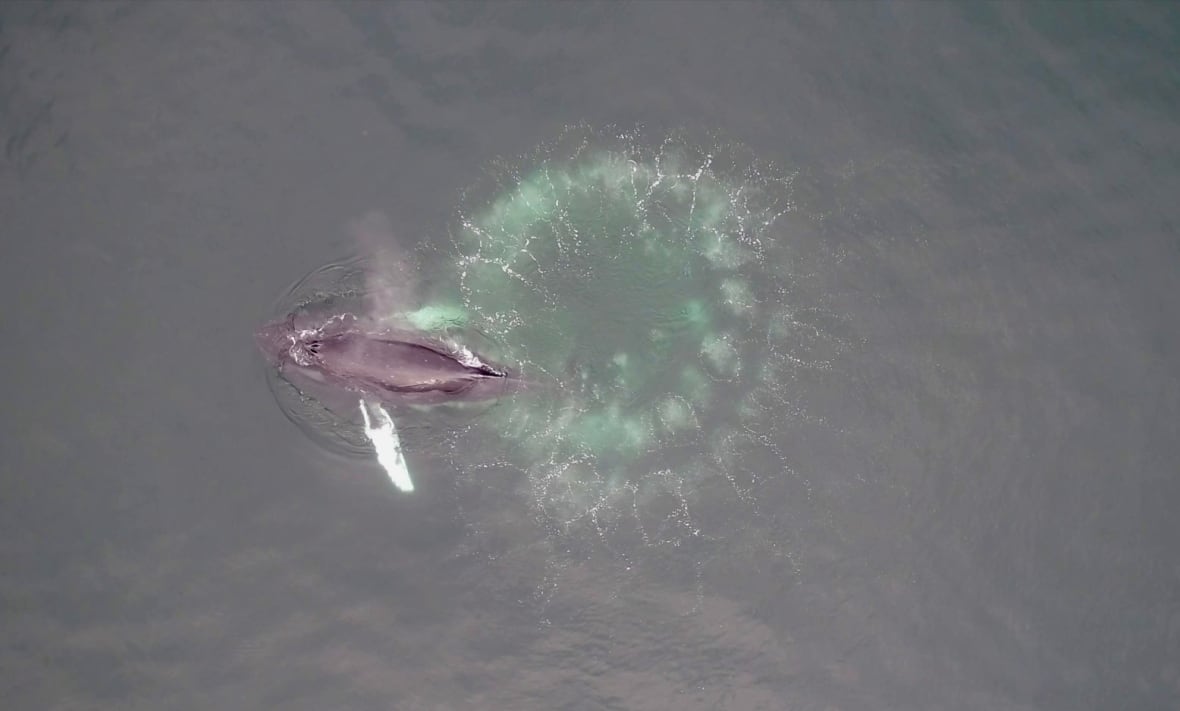

Recent studies of two of the world's most famous paintings by Dutch artists have provided surprising insights into the depths of their art.

A new analysis of the entire sky in Vincent van Gogh's painting, The Starry Night, which includes 14 swirling eddies shows how the artist intuitively understood the nature of turbulence, an incredibly complex phenomenon of fluid dynamics. Francois Schmitt, an oceanographer and research director at France's National Centre for Scientific Research, said the turbulence depicted in the night sky is completely compatible with the Kolmogorov law of large scale turbulence and the smaller scale Batchelor law with van Gogh's brushstrokes. Their research is in the journal Physics of Fluids.
To figure out what it was about Johannes Vermeer's painting, Girl with the Pearl Earring, that viewers find so captivating, the Mauritshuis museum where the artwork hangs in The Hague commissioned a neuroscientific study. Andries van der Leij, the research director of Neurensics — a consumer neuroscience company — and lecturer at the University of Amsterdam, said they found that people's eyes were automatically drawn to the girl's eyes, mouth and pearl earring in a way that captured the observers' attention and drew them in for an emotional experience. Their research has not been published, but is described by the Mauritshuis museum.
